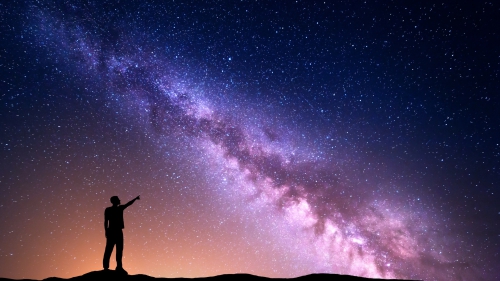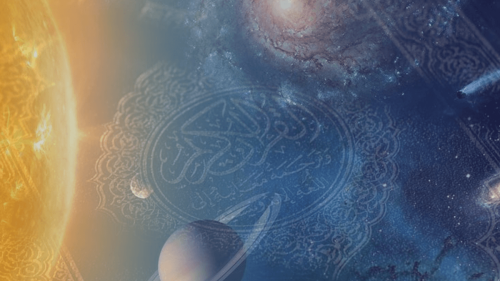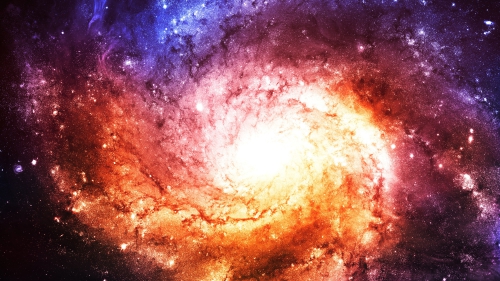James Webb Telescope and Big Bang: A Misunderstood Discovery
Stephen C. Meyer addresses recent media claims suggesting that the findings of the James Webb Telescope have cast doubt on the Big Bang theory. He asserts that these reports are misleading, arguing that the telescope's discoveries, rather than undermining the theory, provide dramatic confirmation of the expanding universe.
Misinterpretations of the James Webb Telescope Findings
Meyer explains that the confusion arose from a researcher who misquoted an astrophysicist from the University of Kansas. Contrary to claims that the telescope has weakened the case for the Big Bang, the data actually supports key elements of the theory. The James Webb Telescope was designed to detect long-wavelength radiation, enabling scientists to observe distant galaxies and confirm the redshift, which is consistent with an expanding universe. These findings reaffirm what was already predicted by the Big Bang model, further strengthened by the observation of cosmic background radiation.
Anomalies in Galaxy Formation and the Timeline
Meyer also touches upon some unexpected findings related to the formation of galaxies. According to these observations, galaxies appeared earlier and were more mature than previously anticipated, suggesting a faster formation process than initially thought. While this discovery has led to questions about the timeline of galaxy development, it does not disprove the notion of a cosmic beginning. Meyer points out that such anomalies are part of the scientific process and may lead to a deeper understanding of the universe as more data is collected.
Theoretical Physics and the Concept of a Beginning
Moving beyond observational astronomy, Meyer delves into theoretical physics to further support the idea of a universe with a definitive beginning. He references the singularity theorems and the Borde-Guth-Vilenkin theorem, which have made significant contributions to the field. Hawking’s work on space-time singularities, for instance, suggests that the origin of the universe involved not just the creation of matter and energy but also of space and time itself. This concept aligns with the idea of a cosmic beginning, further reinforcing the validity of the Big Bang theory.
Proofs for the Universe’s Beginning
Meyer continues by outlining the various proofs supporting the universe’s beginning, citing the work of prominent physicists like Hawking, Penrose, and Vilenkin. The singularity theorems, rooted in general relativity, strongly suggest a beginning, while observational astronomy provides further confirmation. Quantum theories, including quantum gravity and cosmology, offer alternative models for understanding gravity in the early universe, yet they too suggest a starting point.
Additionally, Meyer highlights the contributions of physicists Alan Guth and Alexander Vilenkin, whose work based on special relativity has further demonstrated the necessity of a cosmic beginning. Despite some objections from figures like Fred Hoyle, who initially rejected the Big Bang theory, the preponderance of evidence, including the fine-tuning of the universe, eventually led to its broader acceptance within the scientific community.
Meyer concludes by reaffirming that while scientific understanding is always evolving, the overwhelming evidence from both observational astronomy and theoretical physics points to a universe that had a definite beginning. Despite some misinterpretations, the findings from the James Webb Telescope strengthen, rather than undermine, the case for the Big Bang, contributing to our ever-deepening understanding of the cosmos.
Dr. Stephen C. Meyer, who holds a Ph.D. in the philosophy of science from the University of Cambridge, is a former geophysicist and college professor. He now leads the Discovery Institute’s Center for Science and Culture. Meyer is the author of several influential books, including the New York Times best seller Darwin’s Doubt, Signature in the Cell, and The Return of the God Hypothesis. [ Full Bio ]
Topics: Big Bang Theory, Cosmology, Creation And Evolution, Metaphysics, Science And Religion, Universe, Webb Telescope
Related Suggestions

















